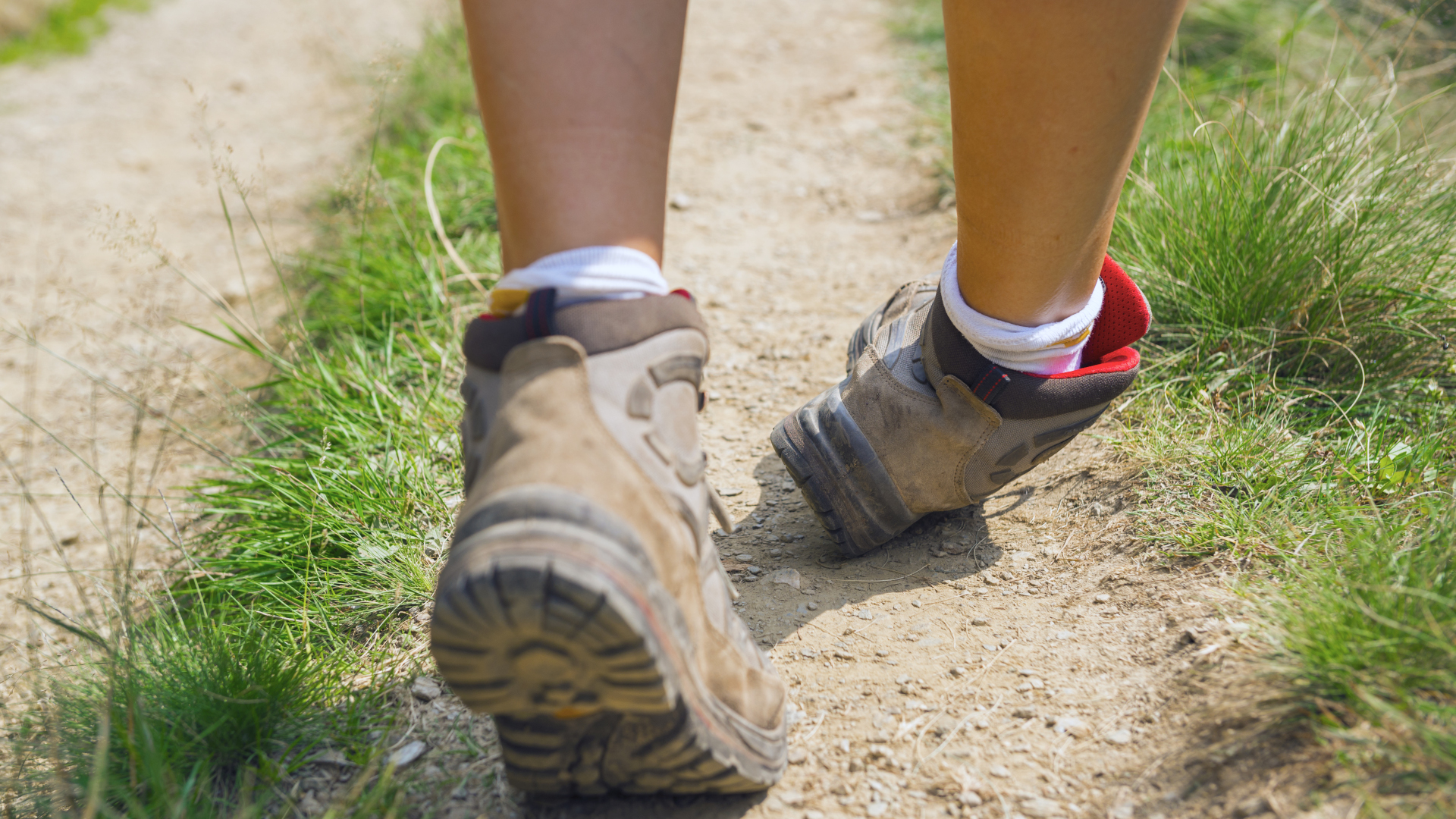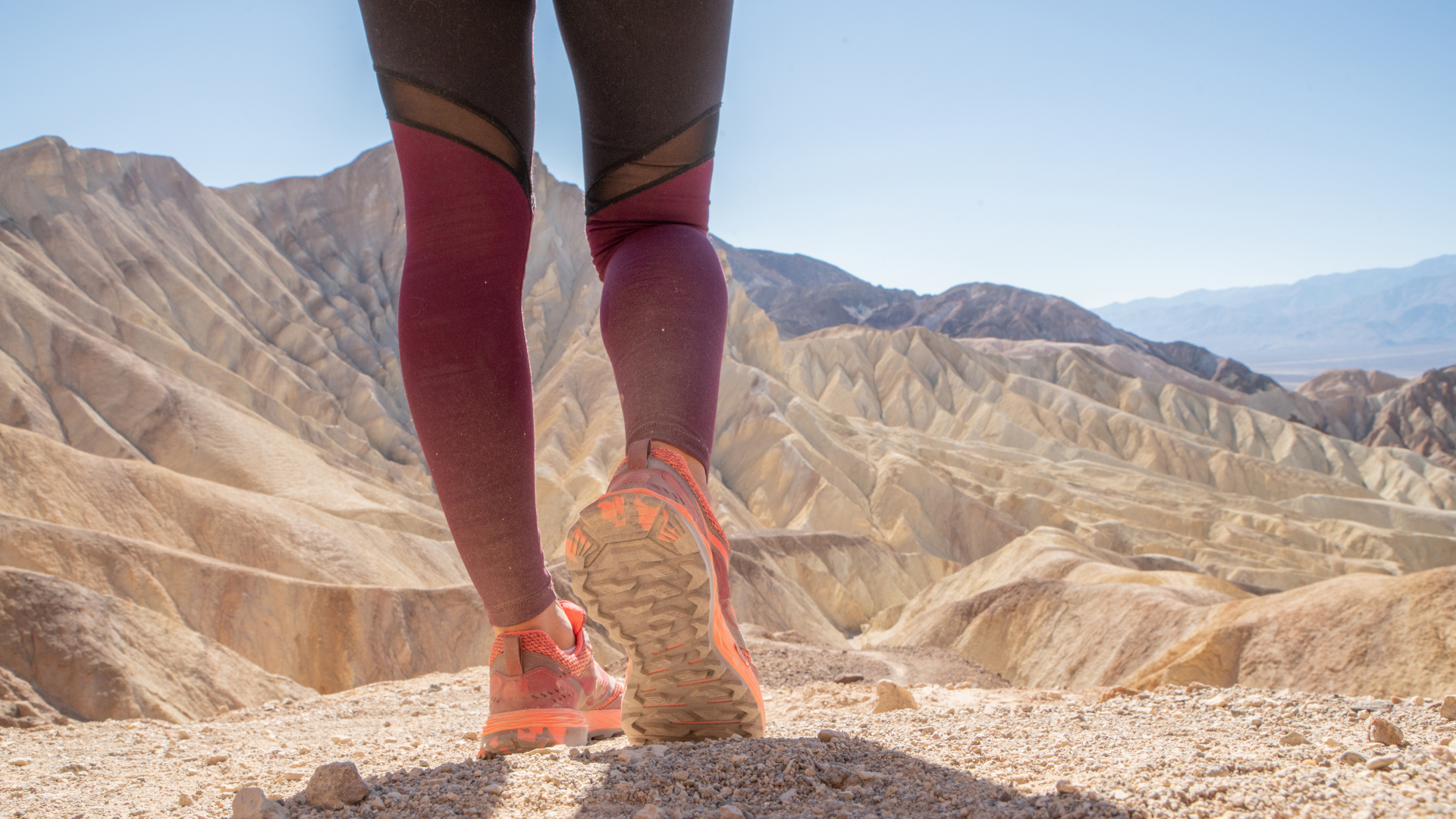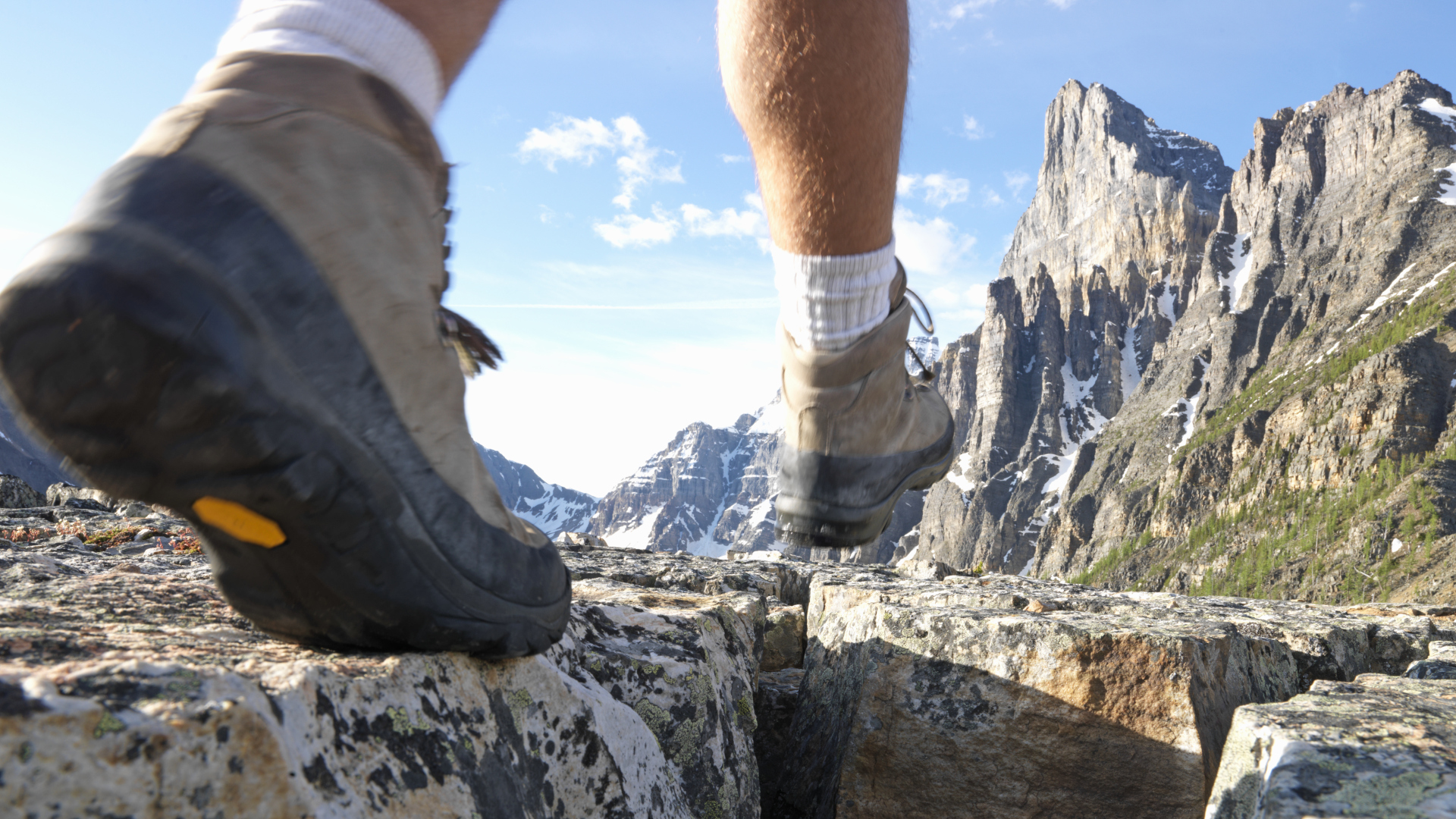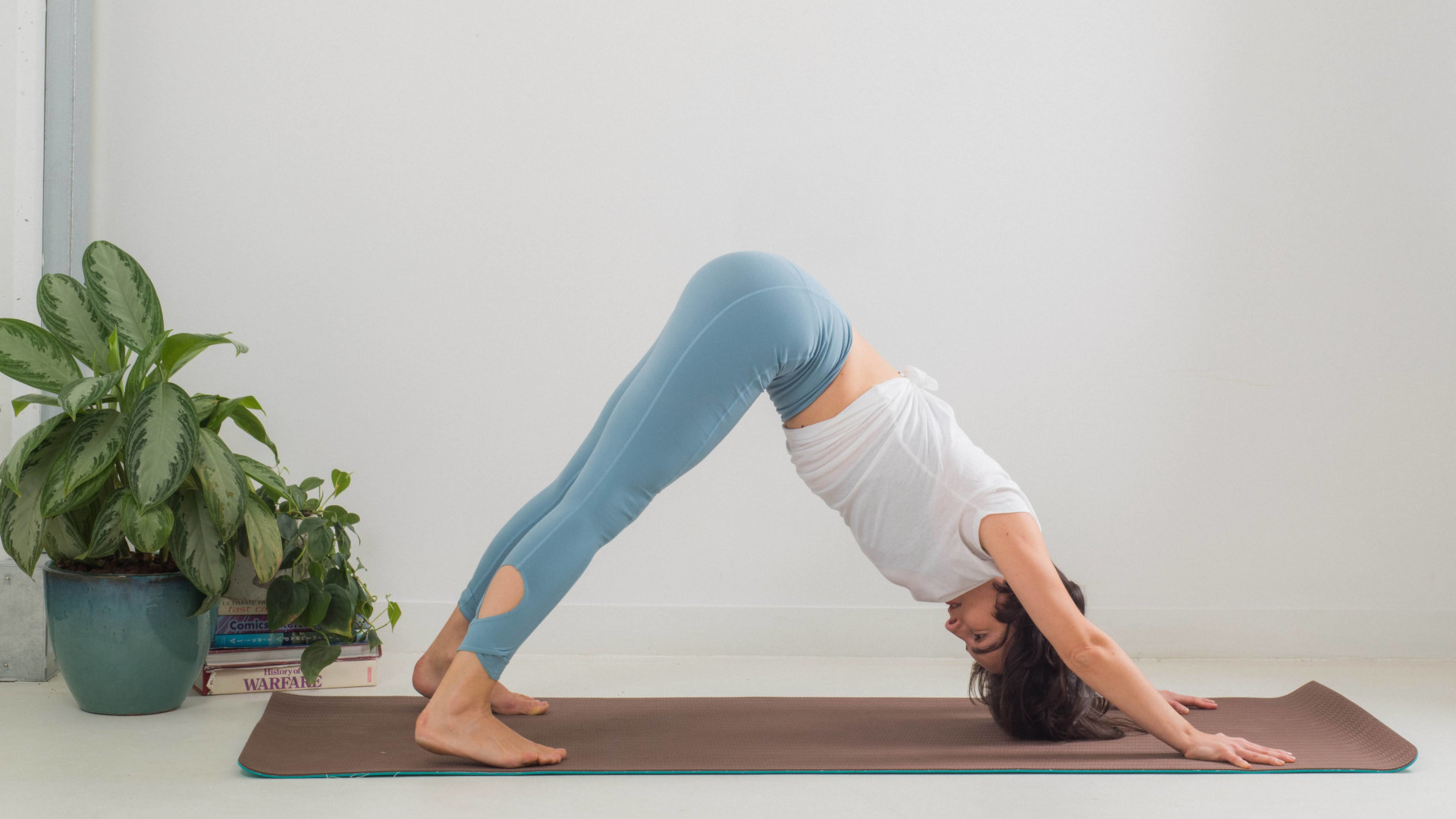Do you need ankle support for hiking?
We do the legwork on this long running debate, and give you some answers you can use on the trail

Do you need ankle support for hiking? A sprained or twisted ankle is a worst case scenario for many hikers. It not only ruins your day, it can leave you on the bench for many weeks to come and a bad sprain can even lead to long lasting issues or the need for future corrective surgery.
The answer, according to many hikers, is to wear ankle support in the form of hiking boots. But increasingly, seasoned hikers are taking to the trails in their best hiking shoes or even trail running shoes that appear to sacrifice ankle support in return for less weight. So do you need ankle support for hiking? And do hiking boots actually provide ankle support? We take a closer look at this long running debate.
Why are ankle injuries so common?

Your ankle joint is a hinge joint, which means it is primarily designed only to provide motion in one plane. It does offer a small amount of rotation, but not nearly as much as, say, your shoulder joint which is a ball and socket joint and offers maximum freedom of motion. Right now, point and flex your foot a few times. Then circle it in either direction. You’ll probably notice that you have the most amount of movement in the simple point and flex. Now move your arm around in a few big circles and compare how much more range of motion you have compared to your ankle.
Furthermore, your ankle joint is composed of two small bones (your fibula and talus) in addition to your tibia held together by ligaments, so it’s fairly delicate and yet it bears the full weight of your body. What all of this means is that when there’s a sudden change of direction, particularly in a direction your ankle isn’t really designed to withstand, you’re more susceptible to injury.

Anecdotally, some people seem to be more susceptible to ankle injuries, however a review in the Journal of Athletic Training found no conclusive clinical evidence to support this claim.
Is hiking bad for ankles?

According to one study of college athletes in Injury Epidemiology (IE), ankle injuries such as strains, sprains and fractures do account for a large proportion of ankle injuries in athletic settings. So is hiking bad for ankles?
In and of itself, hiking is just walking, usually uphill, for long distances, which the mechanics of your body are well designed to do if you’re not already injured. In one study of hikers on the Appalachian Trail, 36% of hikers did report acute joint pain but no further details were given on which joint or what type of pain. In fact, it turns out that the most common medical risks involved with hiking are blisters, followed by diarrhea. Furthermore, when it comes to ankle injuries sustained in athletic settings, the IE study found that the chief culprit was actually contact sports such as football and basketball, which hiking is decidedly not. So, no, hiking is not inherently bad for your ankles.
All the latest inspiration, tips and guides to help you plan your next Advnture!

That said, when you’re hiking, you’re almost always walking on uneven ground, sometimes stepping or jumping off longer drops and generally increasing your likelihood of falling, all of which are common causes of sprained ankles, according to the Cleveland Clinic. Plus, if you’re hiking with a backpack, you’re adding load to all of your lower body joints which can increase risk of injury. So while we won’t say that hiking is bad for your ankles, you’re probably more likely to hurt your ankle on the trail than in the canned vegetable aisle at the grocery store.
Do you need ankle support for hiking?

If you are generally healthy and have no existing injuries, there’s not really any great argument for wearing additional ankle support. If you are extra cautious, it also probably won’t do you any harm and might even do you some good if disaster strikes. If you are hiking with an existing ankle injury, it might actually be helpful to wear an ankle brace. But does this mean you should also wear hiking boots?
Are ankle boots better for hiking?

The great debate among hiking enthusiasts is whether or not hiking boots actually provide ankle support. They do come up over your ankles after all, so it seems rational that they could prevent too much unwanted rotation at your ankle joint in the case of a misstep on the trail. The internet is awash with anecdotes and personal opinions arguing that this is indeed the case, and just as many who declare that ankle support from hiking boots is a myth.
We couldn’t find any conclusive studies on the matter, besides one thesis from a master’s student at the University of Northern Michigan who found that choice of footwear didn’t seem to make any difference when it comes to injuries. However, that study only involved 16 participants and the author acknowledges that clinical methods don’t necessarily replicate actual hiking.

Regardless of ankle support, there are lots of other good reasons to wear hiking boots: they provide good protection from weather and bashing your feet and ankles against rocks, they’re becoming increasingly lightweight, a good pair lasts far longer than trail runners and they can be resoled to extend their shelf life even further.
How do I protect my ankles when hiking?

While we can acknowledge that ankle injuries are somewhat of a risk associated with hiking, we can’t conclusively say that ankle boots are better at offsetting this risk than other types of footwear. So what can you do to protect your ankles when you’re on the trail? Here are a few suggestions to help keep you happy, pain-free and hiking.
Wear proper footwear
Regardless of whether you go for hiking boots or shoes, make sure you are wearing appropriate footwear with good tread for hiking. Consider shoes or boots with Vibram soles meant for the trails. No flip flops or fashion shoes.
Fit your boots properly
If you decide to hit the trail in hiking boots, we might not be able to scientifically prove they’ll support your ankles, but we can say that they’ll do a better job if they fit properly. Read our articles on how to properly lace your boots and how your hiking boots should fit to ensure that they are as supportive as they can be.

Stay alert
It goes without saying that if the main cause of ankle injuries is walking on uneven ground and falling, the best thing you can do is stay alert when you’re hiking and avoid distraction. Keep your ears free of headphones and your eyes on the trail, walk with care and stop if you want to enjoy the view or take a picture. Go slowly on the downhill – this decreases your risk of falling and is better for strengthening your legs and weight loss.
Use hiking poles
Another way to support your ankles is to take some of the weight off your feet and into your arms. Use hiking poles and you’ll use your arms as well as your legs, and if you do stumble it may be easier to catch yourself before you do any damage.

Take breaks
As with most injuries, you’re more likely to get hurt if you’re tired. When you’re fatigued, you’re less clear mentally and your muscles might not respond to your brain properly, so it’s easier to take a wrong step or attempt something you wouldn’t with a clear head. Take breaks when you’re hiking so your body can rest and make sure to bring enough water and snacks to keep yourself hydrated and fuelled.
Practise recovery
Sports medicine experts generally agree that keeping your joints mobile within a normal, function range can help to offset injury. Hiking is great for strengthening your ankles, which helps, but doing a lot of it can also limit your range of motion if you’re not also practicing stretching. This in turn can put you at risk for injury. After a long hike, try our yoga for hiking sequence as well as foam rolling your calf muscles to keep things supple.

Do you need ankle support for hiking? The verdict
After giving this debate lots of thought, we feel confident saying that if you’re healthy and injury free, you don’t need ankle support for hiking necessarily, however hiking does increase your likelihood of an ankle injury and it’s worth practicing the preventative measures we’ve outlined above.
There isn’t any conclusive data showing that hiking boots provide ankle support, but there’s also nothing proving that they don’t. Plus, there are lots of other good reasons for wearing them, so if they feel like the best option for you, pick a good quality, well-fitting pair and wear them properly.
Julia Clarke is a staff writer for Advnture.com and the author of the book Restorative Yoga for Beginners. She loves to explore mountains on foot, bike, skis and belay and then recover on the the yoga mat. Julia graduated with a degree in journalism in 2004 and spent eight years working as a radio presenter in Kansas City, Vermont, Boston and New York City before discovering the joys of the Rocky Mountains. She then detoured west to Colorado and enjoyed 11 years teaching yoga in Vail before returning to her hometown of Glasgow, Scotland in 2020 to focus on family and writing.

